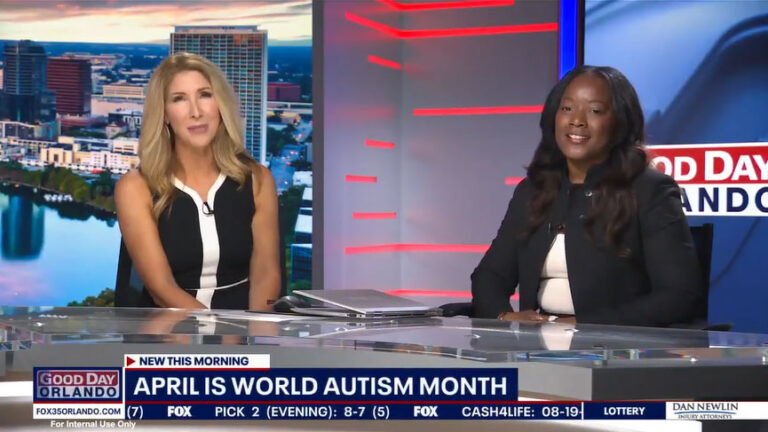In celebration of Autism Acceptance Month, our Chief Clinical Officer, Quatiba Davis, joined the FOX 35 Orlando team to cover the basics about autism spectrum disorder and answer some of the many questions that we know parents and caregivers across Florida are curious about.
Quatiba and anchor Danielle Knox discussed what autism is, what causes autism, if there is a cure for autism, and what the diagnostic process for autism is like, as well as how ABA therapy can have a positive impact in the lives of those with autism.
Watch the full Good Day Orlando segment here: https://www.fox35orlando.com/video/1621450.








